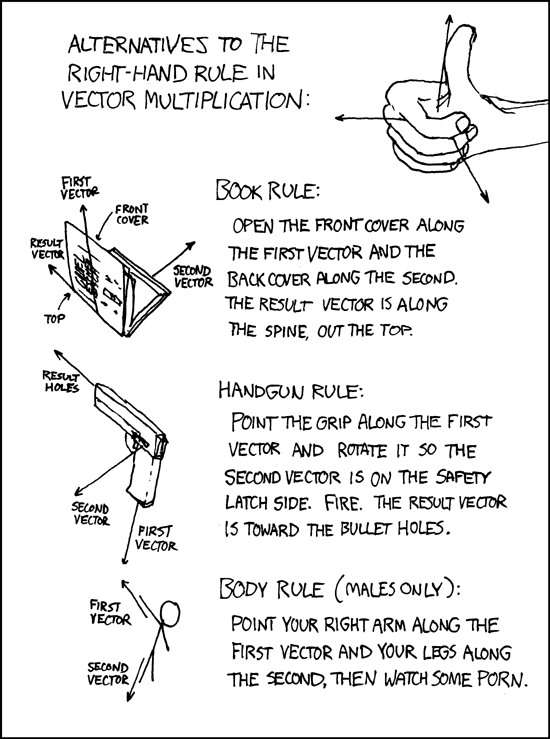Of course there's hope, but they're big topics and it would really be a lot easier to help you if you gave us some particular things you're having trouble with.
To toss some concepts out, you can draw a lot of analogies between electrostatics and gravitational forces.
For gravity:
F = G(m1)(m2)/r^2
For electrostatics:
F = k(q1)(q2)/r^2
G and k are both constants. As you can see from these two equations, the force on a certain mass is related to both the mass of the object of interest, the mass of the other object (in our case the earth), and the distance between the two (between the two centers of mass).
This is very similar to the force on a charge. The force on a charge or a charged object (q1) is related to the charge on the first object, the charge on the second object (q2) and the distance between both their centers of mass.
Now we extend the concept further into the electric field and the gravitational field.
The gravitational field, we'll call g
g = G(m2)/r^2
where G is the same constant, m2 is once again equal to the mass of the earth, and r is again the distance between the two centers of mass. g is the force per unit mass. If you want to see the force exerted on a mass by the gravitational field you would multiply both sides by m1 giving you
m1*g = G(m2)(m1)/r^2 = F
The electric field is defined similarly, it is the force per unit charge (as oppose to the gravitational field which is the force per unit mass).
E = k(q2)/r^2
So you have a charge, q2, which in this case is analogous to the earth in that it creates a field that can exert a force on another charge (as oppose to the earth creating a field that can exert a force on another mass). If you place a second charge, q1, within an electric field, a force will be exerted on it that is related to the electric field. Much like we did for the gravitational field, if we multiply each side by q1 we come to:
q1 * E = k(q1)(q2)/r^2 = F
The electric field is defined as the force per unit charge, so multiplying E by q gives you F.
Now we have electric potential energy which is analogous to gravitational potential energy but slightly less obviously so I'll just explain electric potential energy, U.
As shown above, F = k(q1)(q2)/r^2
We know that work or energy has units of N*m (force * distance). With this in mind, if we multiply each side by the distance, r, we get:
U = k(q1)(q2)/r
What this equation basically says is that you have two point charges. If they are both the same charge (both + or both -) then they repel one another and if they are opposite charges they attract. In nature things tend to move towards their most stable state, which in the case of like charges is when two molecules are farthest away from one another, and in the case of opposite charges is when they are closest. Any movement against this stable state (bringing like charges together, pulling unlike charges apart, lifting a mass off the ground) requires an input of energy which is stored as potential energy. This equation gives that potential energy in the case of point charges.
V = k(q1)/r
Voltage is the potential energy per unit charge (as you can see from dividing potential energy by q2). Quite honestly, I don't exactly know how to explain voltage aside from that lol.
Hope that helps clear some things up.


